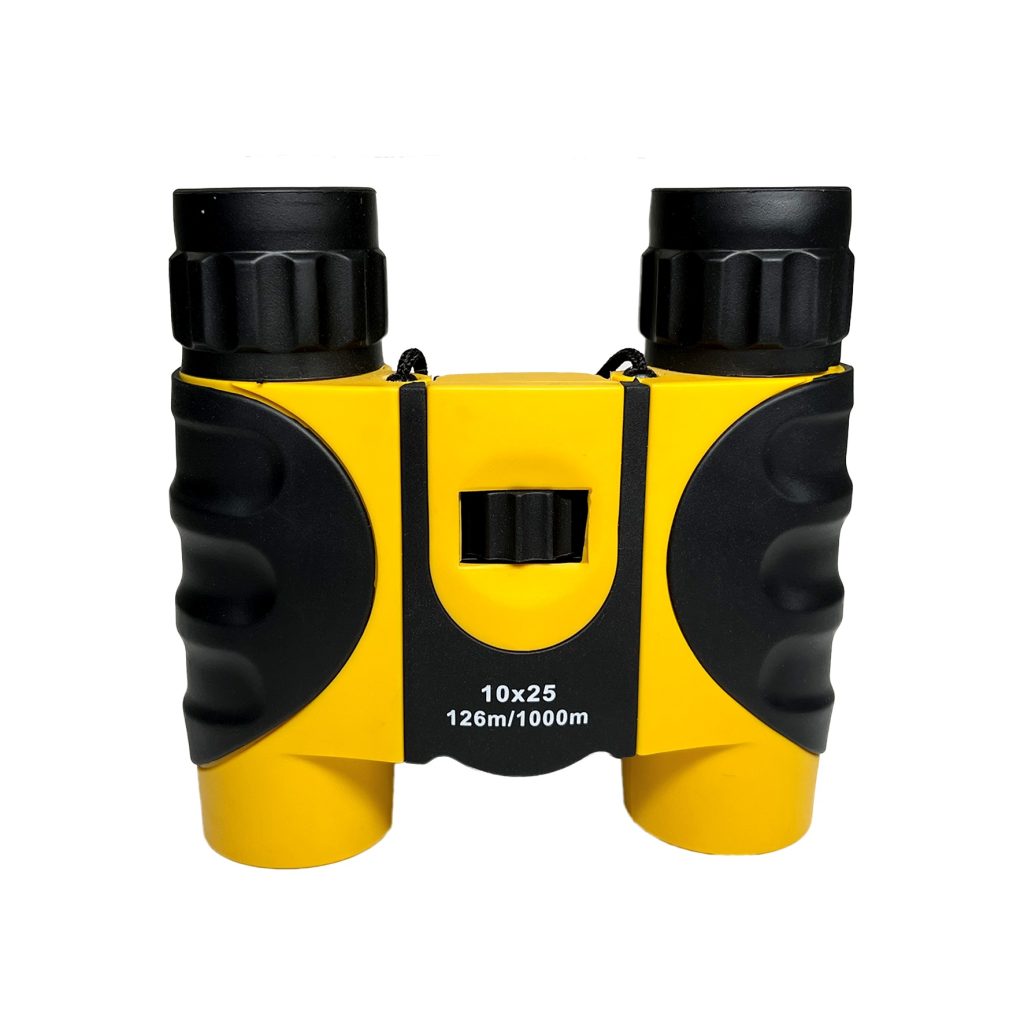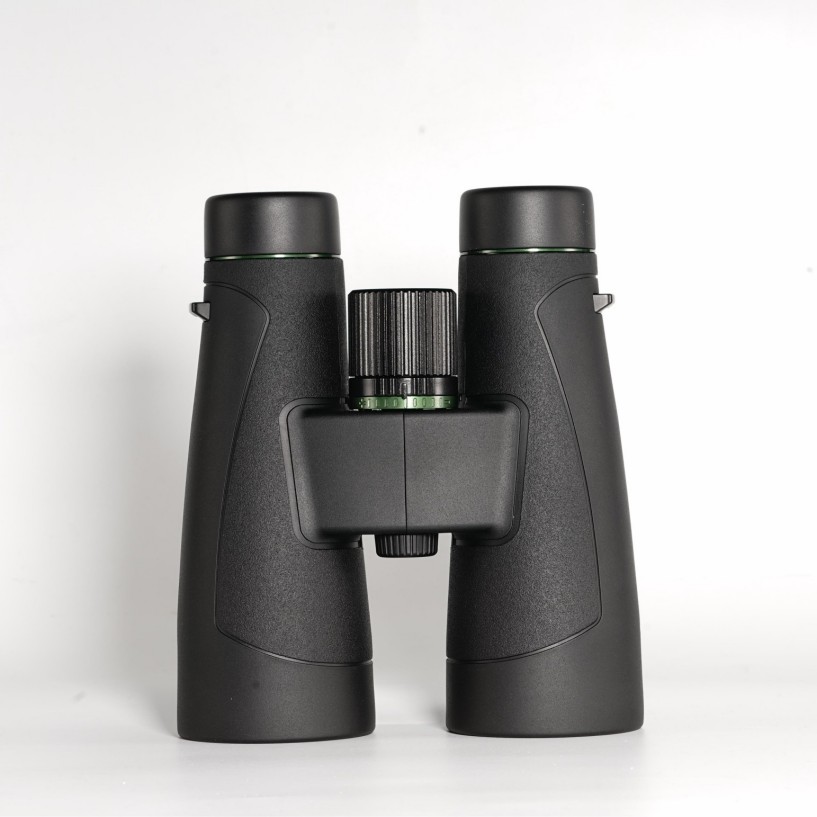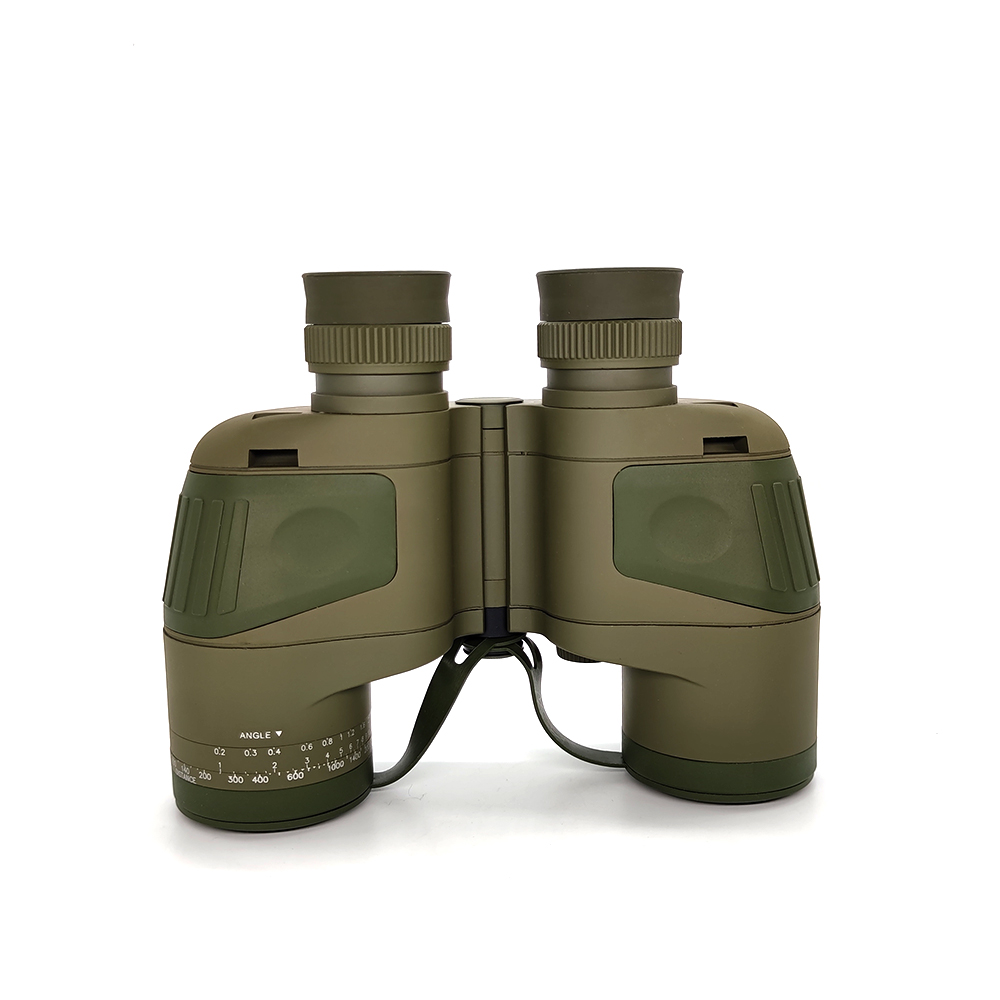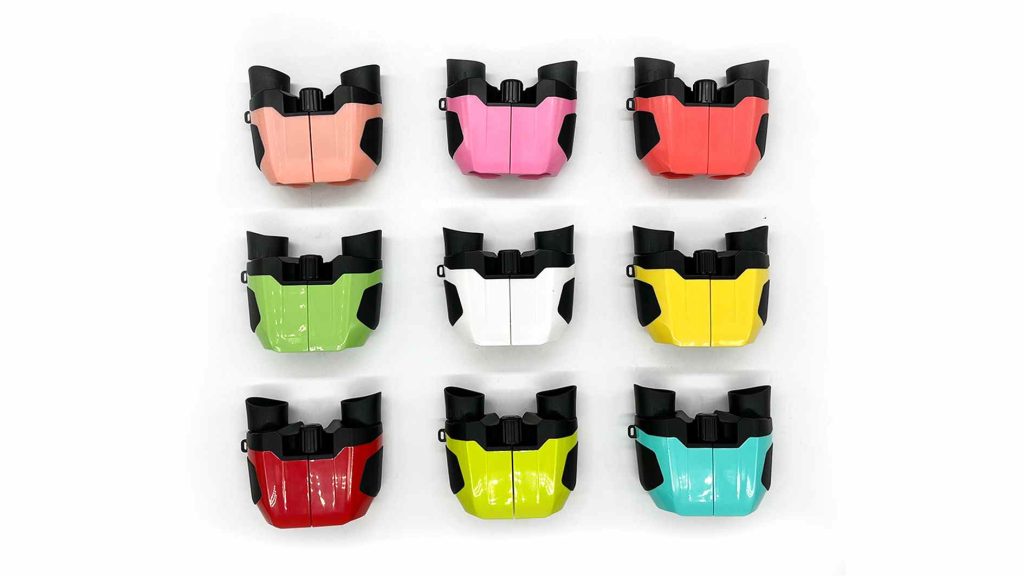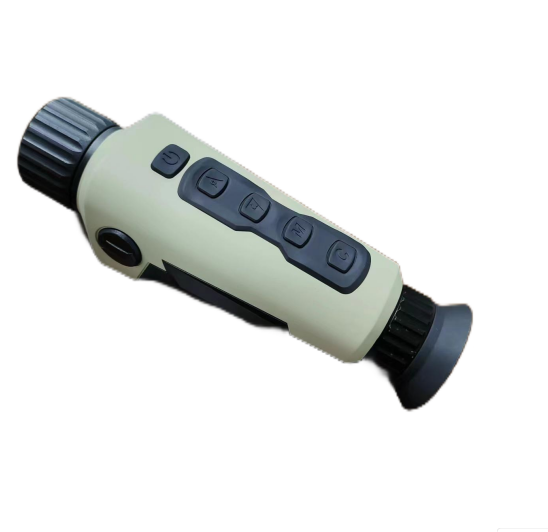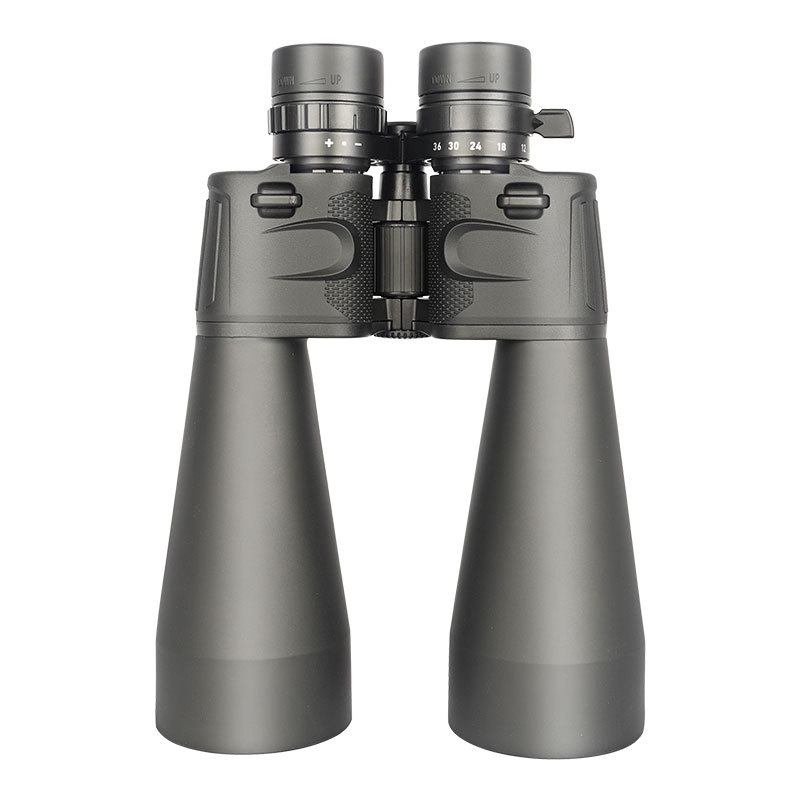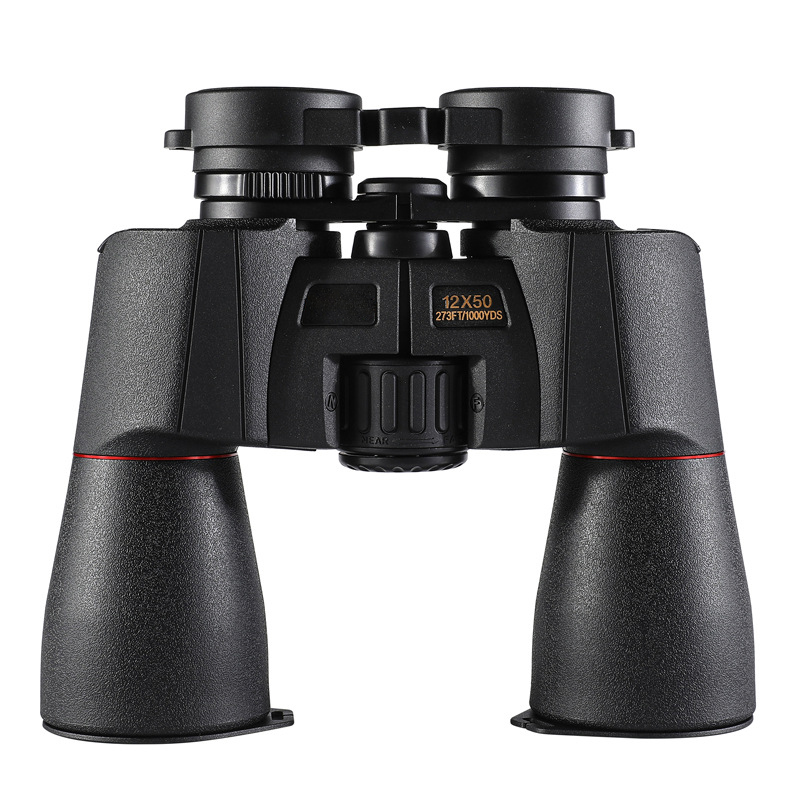Birdwatchers, hikers, hunters, participants in sporting activities, and other outdoor enthusiasts have always favored binoculars. Unlike fixed-magnification binoculars, zoom binoculars have the advantage of offering variable magnification, enabling users to view a large area at low magnification and then focus on far-off objects.
With the advancement of technology, the features of zoom binoculars are also improving. In this article, we will examine the operational principle, zoom range, and suitability of zoom binocularers for specific individual needs.
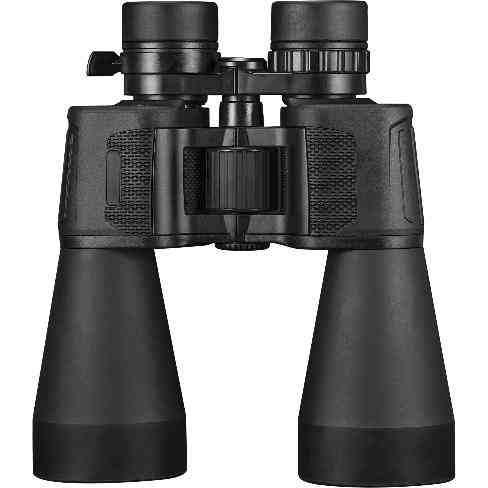
How Do Zoom Binoculars Work?
The varible magnification systems integrated zoom binoculars are capable of achievement different magnifications of focus-levels. This feature sets them apart from standard binoculars, which have a singular magnification setting( for example, 10×42 translates to 10 times magnification). The zoom binoculars have a mechanical zoom feature which works by shifting lenses located within the barrels to adjust the magnification.
The specifications of the monoculars, as for example in the 10-30×50, explain as follows:
- The first half of the specification 10-30x refers to the range of zoom magnification power from 10x to 30x,
- The 50 of the specification indicates the diameter of the objective lenses in millimeters.
- The zoom mechanism works through a series of lens adjustments that change the focal length inside the binoculars thus allows zooming in on far away objects and zooming out to capture a wider field of view.
This entire dynamic system, although very helpful for distance vision, surely must have trade-offs. While zoom level would be dynamic and shift the following would be the trade off.
- The field of view would be limited and narrowed.
- The brightness of the image is decreased.
- The images are less stable. This might be a case of shakes in far sight cameras being intensified.
Some other designs balance the trade off by incorporating image stabilizing technologies or designing the binocular to be mounted on a tripod, allowing for period of less hand movement.
How Far Can Binoculars Zoom?

Asking questions like, “how far can binoculars zoom?” Comes up often, but not always for the right reasons.
Binoculars with zoom capabilities have a min and max range of magnification, for instance, 10-30×60. This indicates that the binoculars have a 10x magnification and can be adjusted to 30x magnification. In an ideal world, a more distant object will always be easier to view as the zoom has a higher value. Although, there are more practical and useful factors that will hinder this zoom value.
Image Stability: This is one of those critical factors and is of utmost importance. With greater magnification, shaky hands will cause the image to be shaky as well. With around 12x magnification, binoculars will be useless unless the user is perfectly still. At magnifications greater than this, the binoculars will more often than not, always require a tripod in order to remove the shake and obtain a crisp image.
Light Gathering and Exit Pupil: The minimum brightness and magnification are indicated by the second number in the specification (e.g., 10-30×60). Further, the brightness of the image is equally tied to the exit pupil. The second number in the specification also tells us the minimum brightness and magnification. The exit pupil is also an important aspect to take into account since it determines how wide and bright the beam of light is. The beam of light is said to be brighter if the exit pupil is wider which is specifically important in low-light environments. If you were to increase the zoom on a pair of binoculars, the exit pupil would shrink, leading to a dimmer image.
Optical Quality: Image quality especially degradation with increase in zoom range is correlated with the quality level of the binoculars’ lenses and prisms. Causing the blurriness, distortion, and loss in contrast. One of the main reasons why lower quality zoom binoculars are lossy would be for increase in distortion in the image loom and contrasts.
Although a zoom binocular may advertise a remarkable 100x magnification, lack of a tripod as well as mediocre optics will render the image captured at that magnification a pathetic, hazy, and blurry mess. With the exception of a few scenarios, the feasible zoom range for handheld use stays at 10x to 15x magnification.
Who Should Choose Adjustable Zoom Binoculars?
Adjustable zoom binoculars are best for users who require flexibility in a range of situations. Unlike fixed-magnification models, they allow adaptive zooming for distance and target changes. Here are some groups who will benefit most:
1. Bird Watchers

Bird watchers can zoom in and out to view specific nearby and distant bird species, starting with wider field glasses to spot them and zooming in to observe their details.
2. Hunters
Animals in the field may emerge at varying distances. Zoom binoculars assist with monitoring movement throughout the wide open space and watching game without the need to move in closer.
3. Outdoor Enthusiasts
Wildlife and scenic views are encountered by hikers and campers. The zoom range in binoculars makes such views and wildlife more interesting, particularly when viewed from a high elevation.
4. Spectators at Events
Your view at concerts, stadiums, or motorsport events can be significantly enhanced with zooming in and out.
5. Surveillance and Marine Use
Adjustable zoom is useful for distant object spotting in marine settings, and in security for areas that require flexible monitoring.
Nonetheless, for more niche requirements, such as fast-moving subjects or low-light birding, a high-quality fixed-power binocular may outperform zoom models regarding sharpness and brightness.
Tips for Buying the Right Zoom Binoculars
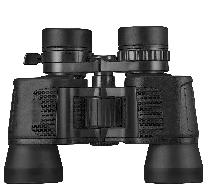
With such a wide array of options, how do you select zoom binoculars that suit your personal specifications? The recommendations provided below should clarify your decision-making process.
Clearly amplify the demand
For most general purposes a 7-15x zoom or a 10-20x zoom should suffice, an image jitter can occur at higher zoom levels and that is something you generally want to avoid. There is a sweet spot for magnification and for zoom adaptability and that lies in the range of 10-30x.
Check the size of the objective lens
For objects that are located far from the viewer, a larger objective focuses more light and makes the image clearer. Even though increasing the objective size improves distance image quality, the binoculars become more cumbersome to carry because of their weight.
Search for coating optics
All coating, or multi-layer, coating reduces the glare from the sun, improves the contrast, and increases the fidelity of the color when compared to ordinary lenses.
Tripod compatibility
For individuals that frequently use higher zoom levels, compatibility with tripods can greatly enhance zoom adaptability and stability.
Waterproof and anti-fog features
If the binoculars are frequently used outdoors, it is vital to ensure that binoculars are purged with nitrogen to avoid fogging and waterproofing under varied temperature and weather condition.
Brand reputation and warranty
Well-known brands tend to provide superior lens quality, service, and durability. Search for binoculars manufacturers that offer lengthy warranty periods.
Are Zoom Binoculars Worth It?

The determination of “worth it” on zoom binoculars relies largely on individual preferences. In the event that focus and value lie with versatility during outdoor activities or during observation, then adjustable zoom binoculars are most certainly justifiable. In contrast, for needs that demand optical precision and low-light performance, high-end fixed-magnification models are likely a better fit.


